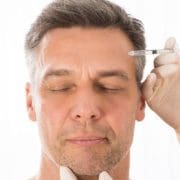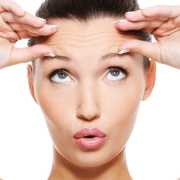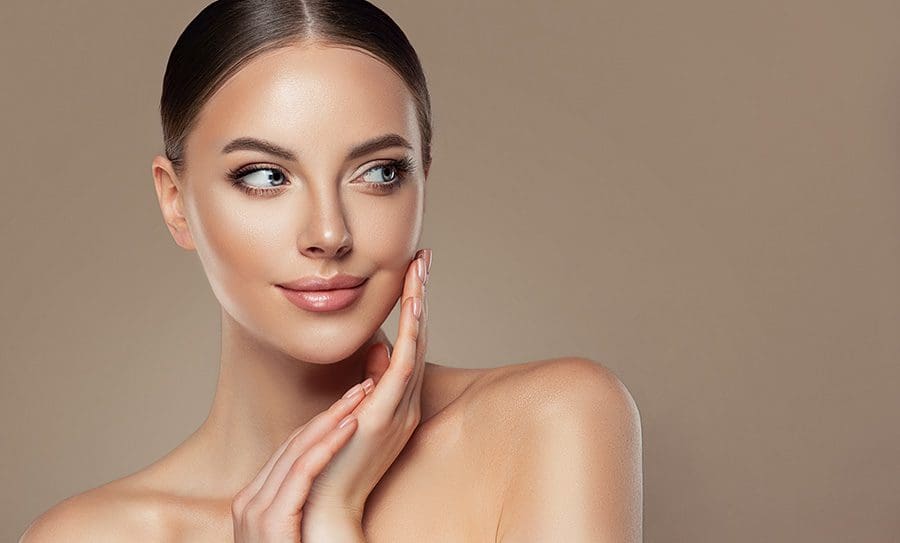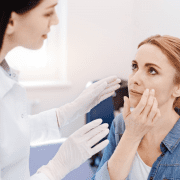Get The Perfect Jawline: Boss Injectables Guide To Jawline Filler
Thinking of getting Jawline Filler? Here at Boss Injectables, we’ve got all the information you’ll need before making the decision.
Jawline Fillers can be used for non-surgical augmentation and contouring of the jawline. Optimising the jawline with dermal fillers helps to create definition and structure in the lower third of the face.
At Boss Injectables, we use a hyaluronic acid filler for contouring the jawline. Hyaluronic acid occurs naturally in the body and wears off over time. We can use it in a variety of ways across the face to achieve the desired look.
Who can get Jawline Fillers?
Jawline Fillers are recommended to both male and female, younger and more mature positive agers. For the younger client it may be the case of increasing jaw definition to enhance natural features. For positive agers it may be to lift the lower face and minimise jowling. For weight loss clients it may be to restore lost volume and reduce sagging skin. It is also possible to correct asymmetries. Male clients may wish to create a wider-set or more masculine and chiselled jawline while our female clients may wish to accentuate their jawlines for glamorisation.
What happens to our jawline as we age?
As we age, we lose bone density within the mandible (jawbone), therefore losing structural support in the lower face, the fat pads descend to the chin area causing jowling, this causes us to lose our jawline definition. We also lose collagen and elastin in the skin causing the lower face to age further. This can all improved with the use of dermal fillers to give back structure, support and hydration to the jawline and therefore lower face.
What does the Jawline Filler treatment involve?
Before we begin, we take your full medical history, discuss your concerns and complete a thorough assessment of your face. We will then discuss your treatment options, costing and answer any questions you may have. We will take photographs for our records and also for you to look back on and compare results after the treatment. We will then discuss possible side effects and risks and complete a consent form with you.
After thoroughly cleansing the face we will mark up the injections points and prepare your filler. Our registered cosmetic nurse will then inject the area using a needle and/or cannula depending on the desired outcome. The placement of the injections will vary depending on your facial shape and the look you are trying to achieve. The treatment only takes around 20 to 30 minutes depending on how many mls you require. We will then discuss aftercare and answer any further questions.
Is getting Jawline Fillers painful?
Overall, most clients find jawline fillers to be quite bearable with some occasional discomfort. We use a mixture of needle and cannula techniques in the jawline and therefore it does not require as many injections as the lips or even cheeks. If you are feeling apprehensive, we can use a topical numbing cream on the skin surface before injecting. There is also a local numbing agent in the dermal filler, this works under the skin to numb the entire area as treatment proceeds.
How long do Jawline Fillers last?
Under manufacturers guidelines and past experience, we generally see Jawline fillers last between 12 and 18 months and sometimes up to 24 months. This varies between individuals depending on their metabolism and lifestyle factors. Due to the type of dermal filler used in the jawline we are able to achieve better longevity than that seen in the lips. We recommend attending a consult after 12-18 months to discuss re-treatment to maintain desired results. In some cases, if you re-treat sooner, such as after 12 months, you may require less volume to achieve the same result as the first time.
Is there downtime for Jawline Fillers?
There are a few possible side effects post treatment including redness, swelling, discomfort and bruising at the treatment site and these usually resolve within a week or so. It is also possible to get some small lumps, these should resolve after a few weeks. Is it therefore recommended to complete any dermal filler treatments 2 to 4 weeks before any events. There is also a rare possibility that a small blood vessel may get blocked causing pain, coldness, numbing and discoloration to the site, if this occurs you must contact the clinic immediately and return for dissolving of the filler. If you have any concerns, please contact us for advice.
What is the aftercare for Jawline Fillers?
Post Jawline Fillers, you should ensure you remain upright for the next 4 hours and do not apply any pressure to the treatment area. You should also avoid touching or rubbing the treated area for 4 hours. It is best to avoid excessive heat or cold, strenuous exercise or alcohol as these activities can increase your risk of bruising. It is also important to avoid microdermabrasion, laser or chemical peels for 2 weeks.
How much do Jawline Fillers cost?
At Boss Injectables, Jawline Fillers are $479 per ml. Most clients get good jawline sculpting results with the use of 1ml to 2mls of dermal filler per side of the jawline. However, especially with positive agers, it may be necessary to use more, that is why it is important to have a complimentary consultation and discuss a treatment plan that you are happy with.
